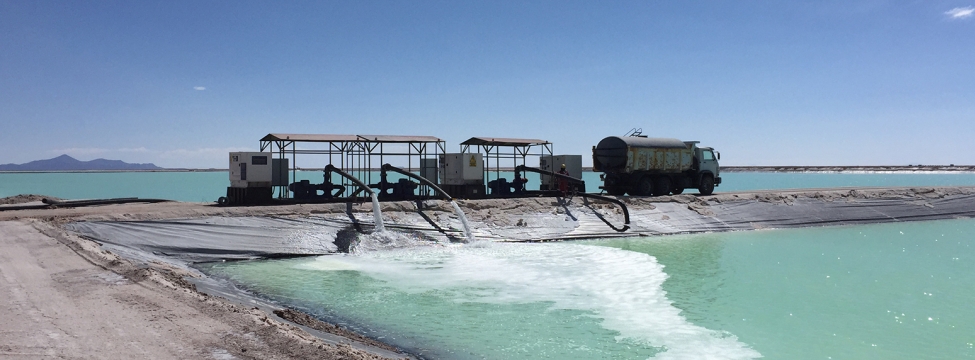As EV demand skyrockets, the arid Lithium Triangle faces ecological collapse – while startups bet on waterless extraction to rewrite the rules.
High in the Andes, where the world’s richest lithium deposits lie beneath sunbaked salt flats, a paradox threatens the green energy revolution: the ‘white gold’ powering our sustainable future is draining the region’s vanishing water. With 27 of 28 watersheds critically depleted and global lithium demand poised to grow fortyfold, the industry faces a reckoning. Now, a handful of innovators – armed with waterless extraction tech – are racing to rewrite the rules. Can they avert a crisis, or will the energy transition come at too high a price?
The so-called Lithium Triangle – spanning Chile, Argentina, and Bolivia – holds over half the planet’s reserves of the metal crucial for electric vehicle batteries. Yet this bleak, high-altitude desert receives less rainfall annually than Phoenix, Arizona. Traditional extraction methods, which pump brine into sprawling evaporation ponds, waste billions of liters of groundwater annually. Even newer direct lithium extraction (DLE) techniques, while more efficient, still rely on scarce freshwater.
The collateral damage is mounting. Indigenous communities report dwindling access to potable water, while fragile ecosystems like the Andean flamingo’s habitat teeter on collapse. “This isn’t just an environmental issue; it’s a time bomb for the industry,” warns a Santiago-based mining analyst. “Investors are starting to demand auditable water metrics alongside carbon footprints.”
Enter the disruptors. Companies like EnergyX and Lilac Solutions are pioneering true waterless DLE, using ion-exchange beads and solvent-free chemistry to extract lithium with 90% less water and zero toxins. In 2022 field tests, EnergyX’s LiTAS™ technology achieved a 94% recovery rate in Bolivia – a potential game-changer for the region. Global automakers and the U.S. Department of Energy are now backing such ventures, with private investment topping $1 billion since 2021.
The stakes extend far beyond the Andes. The International Energy Agency projects lithium demand will outstrip supply by 2030, and without sustainable mining, the EV revolution could stall. “We’re at a crossroads,” says a Goldman Sachs clean-tech strategist. “Either we scale these breakthroughs globally, or face a backlash that makes ‘blood diamonds’ look tame.”
One lesson is already clear: In the race to power tomorrow, sustainability isn’t just ethics – it’s economics.
Sources: https://www.nature.com/, https://energyx.com/, https://www.goldmansachs.com/
Important Disclaimer: The content of this article is provided for informational and educational purposes only. It reflects the author’s opinion based on information available at the time of publication, which may become outdated. This content does not constitute personalized investment advice, a recommendation to buy or sell, and does not guarantee future performance. Markets carry a risk of capital loss. The investor is solely responsible for their decisions and should consult an independent professional advisor before any transaction. The publisher disclaims all liability for decisions made based on this information.

